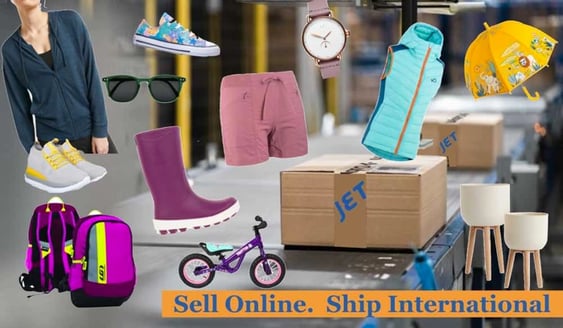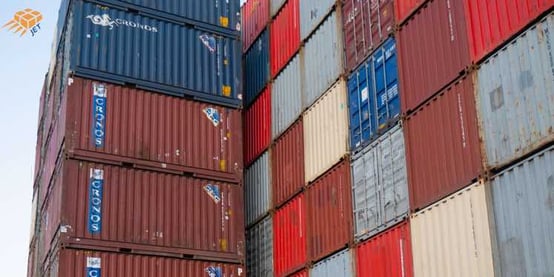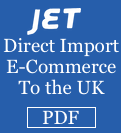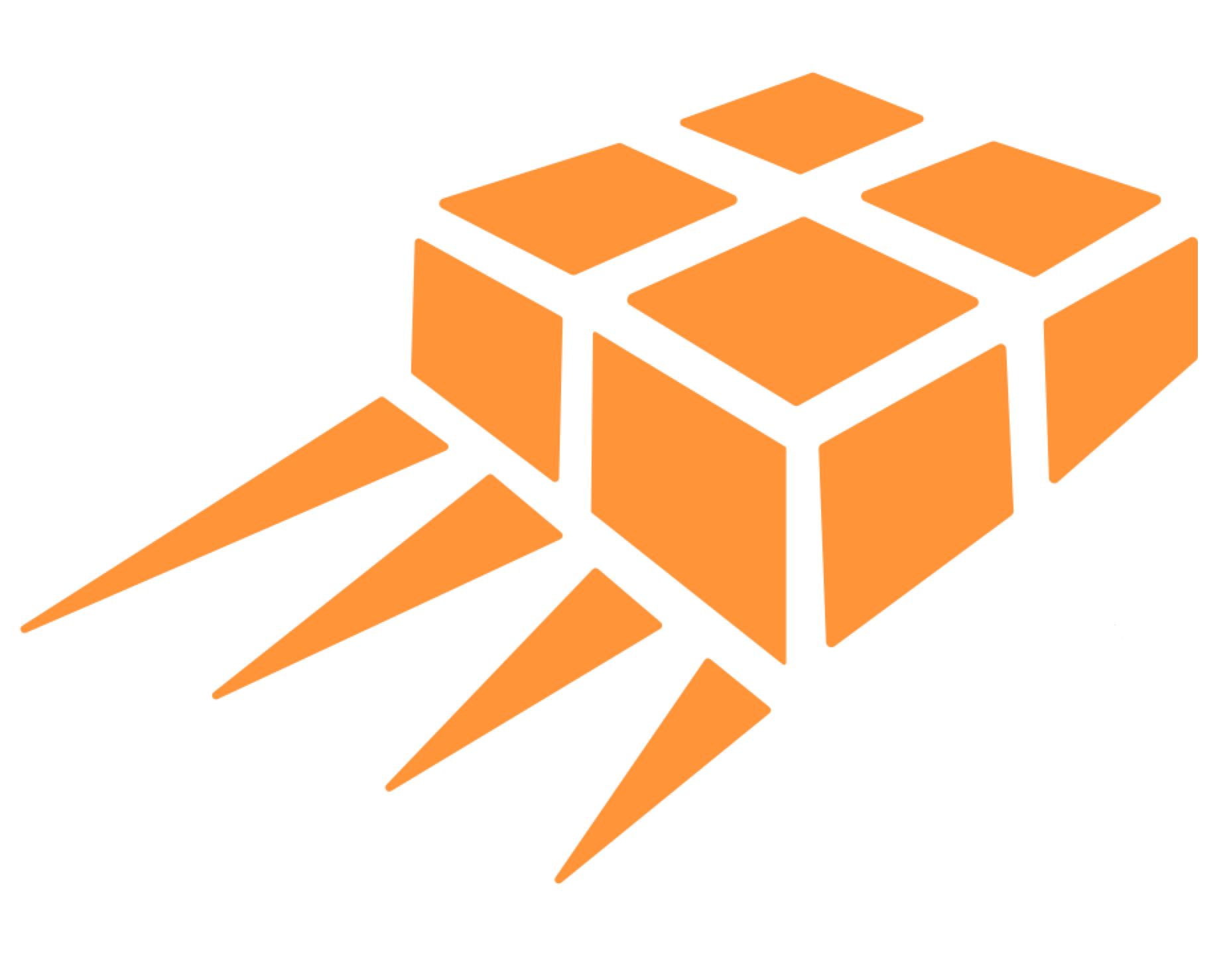
E-Commerce: Redefining the World Order, One Order at a Time
Traditional trade patterns and processes have been disrupted by electronic commerce technologies that are both boundless and borderless. The traditional role of logistics of serving the aggregators (i.e. bulk wholesale transactions) is being supplanted by zillions of individual orders being made globally.
Cross Border Versus Direct Order Cross Border
The value of global trade via the General Agreement on Tariffs and Trade (GATT 1947) and World Trade Organization (WTO 1995) is well known. The benefit of open trade accrued directly to businesses offering freer access to products used for production ( the case of manufacturers) or final sale (for retailers). Consumers benefit from free trade was indirect: businesses could more easily innovate and sell goods for less thanks to free trade policy.
New Commerce is the fusion of traditional commerce and e-commerce and is transforming the way the world buys and logistics processes. The world is adapting in real time to the power of digital purchasing with an eye towards sustainability.

Disclaimer: We are proud to have become a leading online resource for international shipping. However, it important to note that the information in all Jet Worldwide blogs and postings are for general information only and provided “as is”; no representations are made that the content is error-free.
Direct order cross border is a game change. For the first time in history, final consumers and small businesses can order directly from global suppliers and experience benefits of free trade first hand. Where ocean containers used to contain thousand of units of a single item, they now can also contain thousands of unique orders of different items.
Massive digital adaptation has fundamentally shifted behaviours for consumers who can source and purchase goods globally. Traditional supply chain bottlenecks including container shortages have further boosted demand for direct high volume import solutions. Contact our team for details.
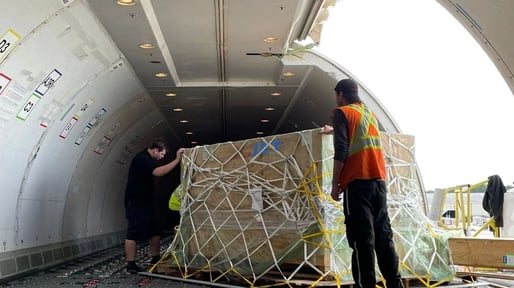
The Challenge of Cross Border E-Commerce
As usual, the old world order is not letting go so easily. National retailers claim (often correctly)that international orders benefit from lower duty rates and not subject to local tax regiments. Businesses also complain that their goods and sales processes are subject to greater regulatory scrutiny and oversight (again, often a valid complaint). But, as mentioned above, e-commerce processes are game changing and the old world order can only slow - but not stop - the phenomena of direct order cross border sales.
Scale your international online sales from Canada
Jet Worldwide helps Canadian online merchants reach all major economies by shipping direct from YUL, YYZ and /or YVR to the UK, European Union, China, Asia, Caribbean, and all major markets. The challenge is having enough volume at launch with the advantage of being able to scale volumes via low last mile delivery costs, no hidden consignee import fees and delivery by trusted local carriers
- Manage: Capitalize on Jet's global logistics expertise
- Scale: Grow your online orders to major markets in Asia (including Japan, China and Japan), Europe, th UK , South American and the Caribbean.
- Find "riches in niches" : Leverage your Canadian resources to reach markets with incredible potential for growth.
Duty Free but not Free of Tax
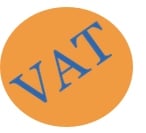 Since the adoption of WTO and proliferation of trade agreements, duty rates have decreased significantly and other factors - such as processing costs and taxes - are now the focus of parcel import processes.
Since the adoption of WTO and proliferation of trade agreements, duty rates have decreased significantly and other factors - such as processing costs and taxes - are now the focus of parcel import processes.
Today there are over 250 free trade agreements allow preferential duty free access among the world's leading economic regions. The world's major free trade agreements include:
- North America (USMCA/ CUSMA, T-Mec): Mexico, USA, Canada
- Asia (RCEP): Australia, Brunei, Cambodia, China, Indonesia, Japan, Laos, Malaysia, Myanmar, New Zealand, Philippines, Singapore, South Korea, Thailand, Vietnam
- Asia Pacific (CPTPP): Canada, Mexico, Australia, Brunei, Chile, Japan, Malaysia, New Zealand, Peru, Singpore, Vietnam.
- Africa: African Continental Free Trade Agreement (AfCFTA): Over 38 African countries.
- Numerous bilateral free trade agreements between major trading partners.
- Europe, Canada, and UK. Read About Canada's free trade agreements
Parcel clearance and Free Trade
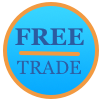
Canada’s enjoys "Most Favoured Nation (MFN)" status with convey application of the standard rate of duty. Goods imported to Canada that meet the rules of origin outlined in the specific trade agreement can qualify for duty free preferential import.
Canada's newer tfree trade agreements address the need for unified rules and efficient processes for direct order cross border e-commerce. This is often referred to as "express processes."
The USA leads the way with the highest duty free threshold of $800 USD (known as section 321 entries),Europe and the UK have updated their process to include integrated VAT payments (see below).
With duty rates greatly diminished, countries have focused on collection of sales tax. Countries with national sales tax regimes, this is often referred to as a value added tax (or VAT). The collection of VAT has been addressed in Europe and the UK with the seller or platform being he responsible party to collect and remit. Read more about E.U. VAT (IOSS) and UK VAT collection for e-commerce orders.
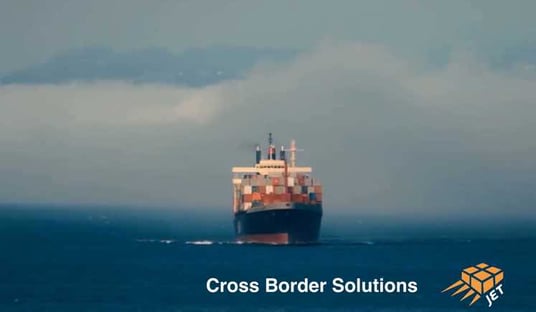
Traditional Trade Being Challenged Traditionally
Despite the overwhelming success of WTO and free trade agreements, cross border trading is being challenged recently. Challenge to "foreign trade" traditionally ebbs and flows with political sentiments and economic developments. Trade policy is now entering a period of developing rules that are meant to further political or other objective rather than simply growing international trade.
Non Trade Objectives to Foreign Trade Include:
- Limiting non market support (i.e government subsidies)
- Support for worker rights specific to an industry and overall human rights
- Encouraging guidelines to support environmental objectives often referred to as green trade initiatives.
- Strong arming trading partners to adhere to a political objectives with a threat of trade sanctions or other action (nothing new but seems to be get stronger lately).
Resiliency in Cross Border Trade
The pandemic and supply chain disruptions has policy makers recognizing the need to minimize risk by diversifying sources. This goes beyond trying to develop in country industrial capacity and includes identifying alternative sourcing for critical products.
The task of identifying what items are most critical and how to diversify away from dominant foreign suppliers or regions is a difficult task. Policy makers are developing supply chain stress tests in assist with their strategic planning.
Products identified as needing greater global resiliency include:
- Parts and supplies for electric vehicles
- Active pharmaceutical ingredients
- Medical parts and supplies including personal protective products
- Semi-conductors
- Rare-earth materials
Many of the items listed above include countless intermediate parts which exponentially complicates the process of ensuring resiliency.
The revolution of e-shopping has had a positive transformative affect on global commerce. Purchasing local can mean across town or include a "local merchant" who opened their doors thousands of miles away. Connecting the world demands innovation and compels companies to rebuild their logistics strategy.

Connecting People, Parcels and Businesses
At Jet Worldwide, we are proud to be at the forefront of the global changes where individual orders represent the physical connection in our virtual world. Being able to scale responsibly is - in our view - the only way to scale securely.
E-commerce Ship Direct to Europe
jetworldwide.com

